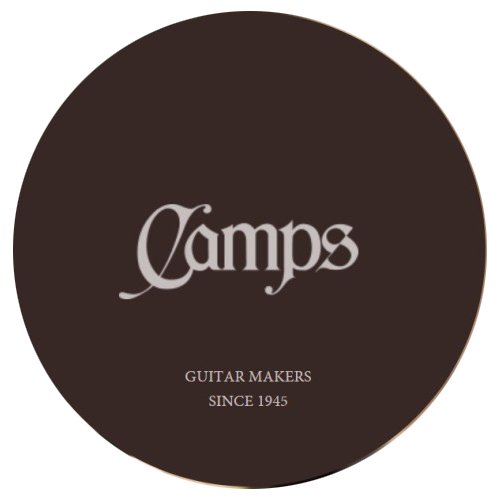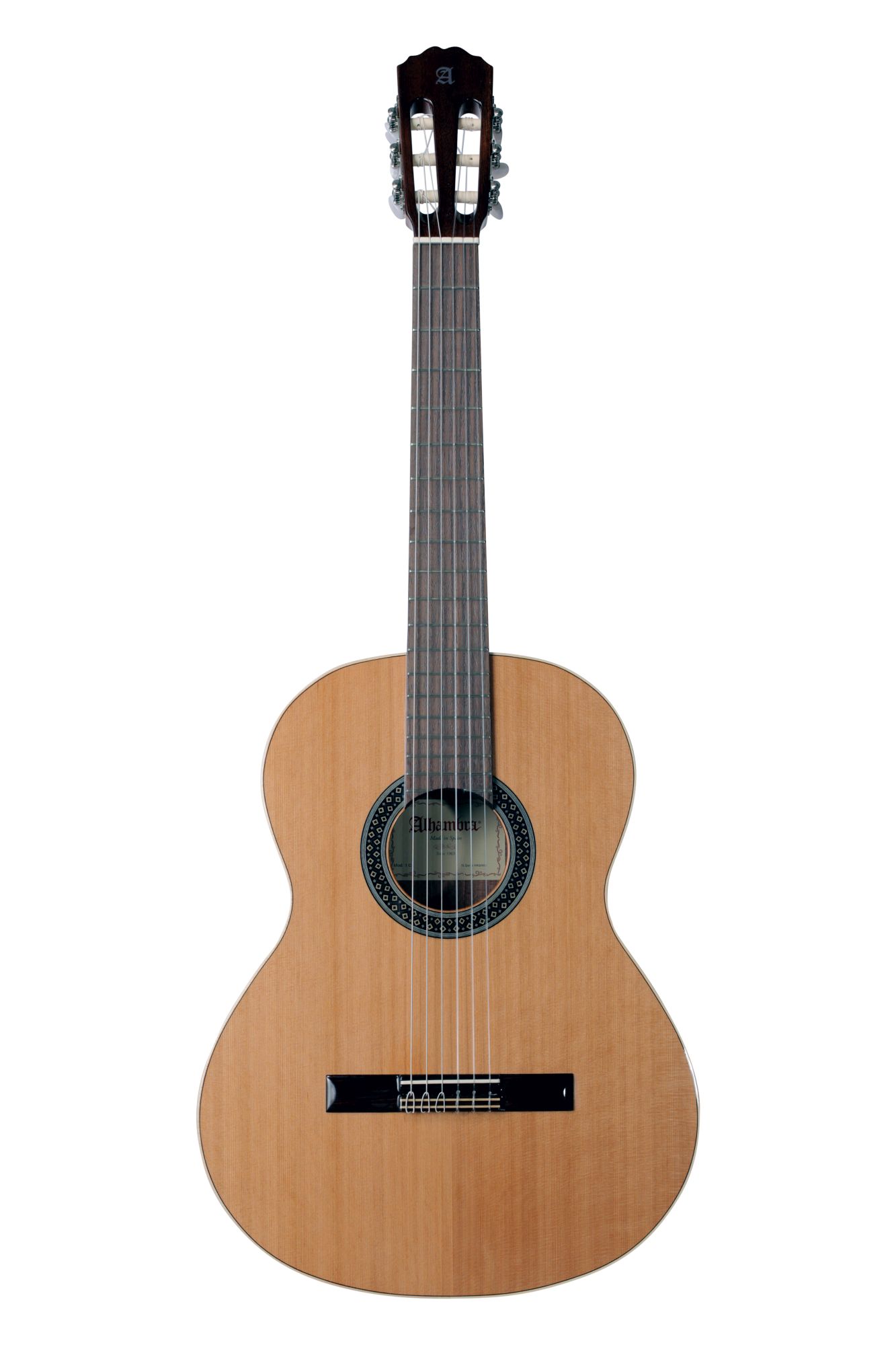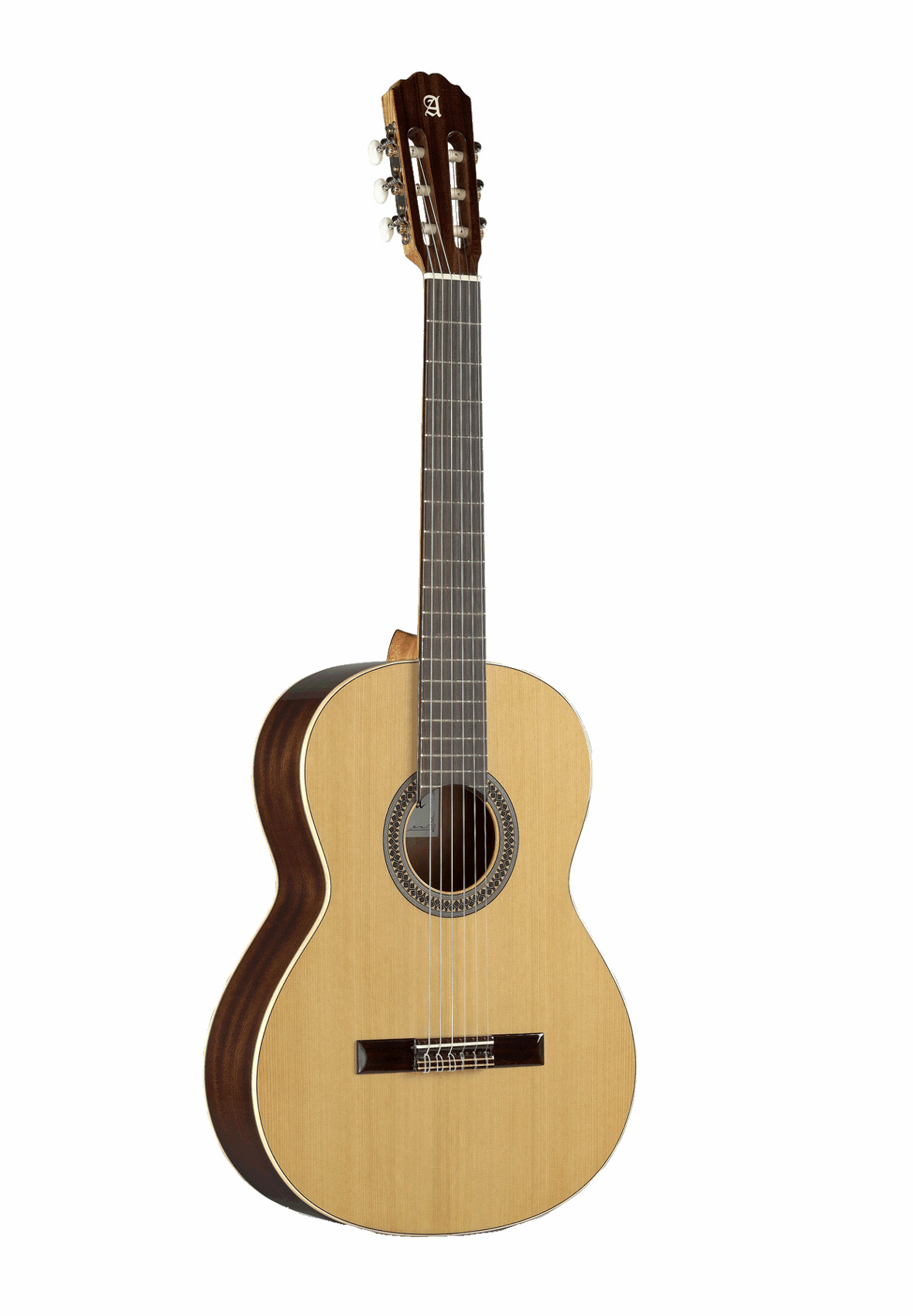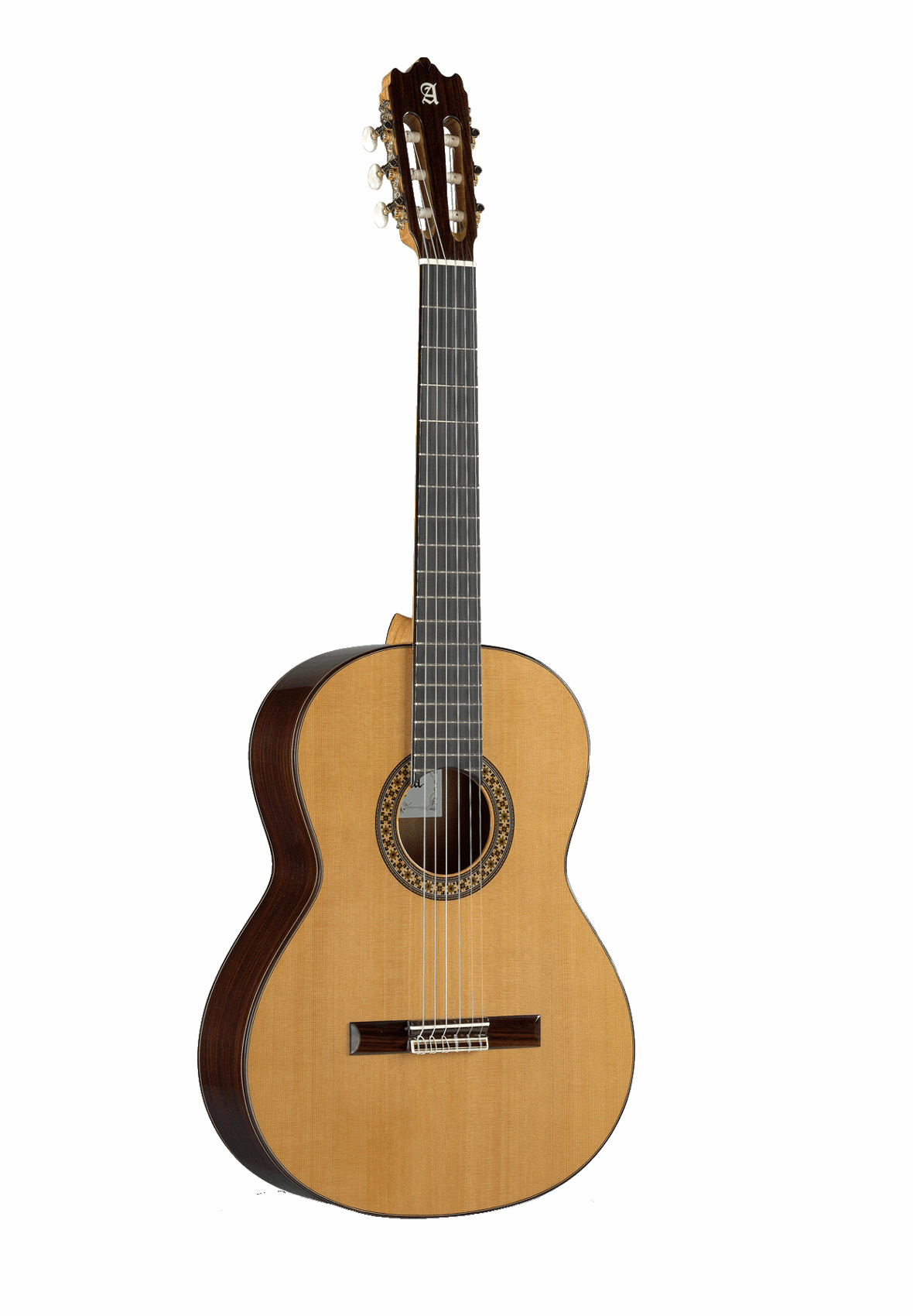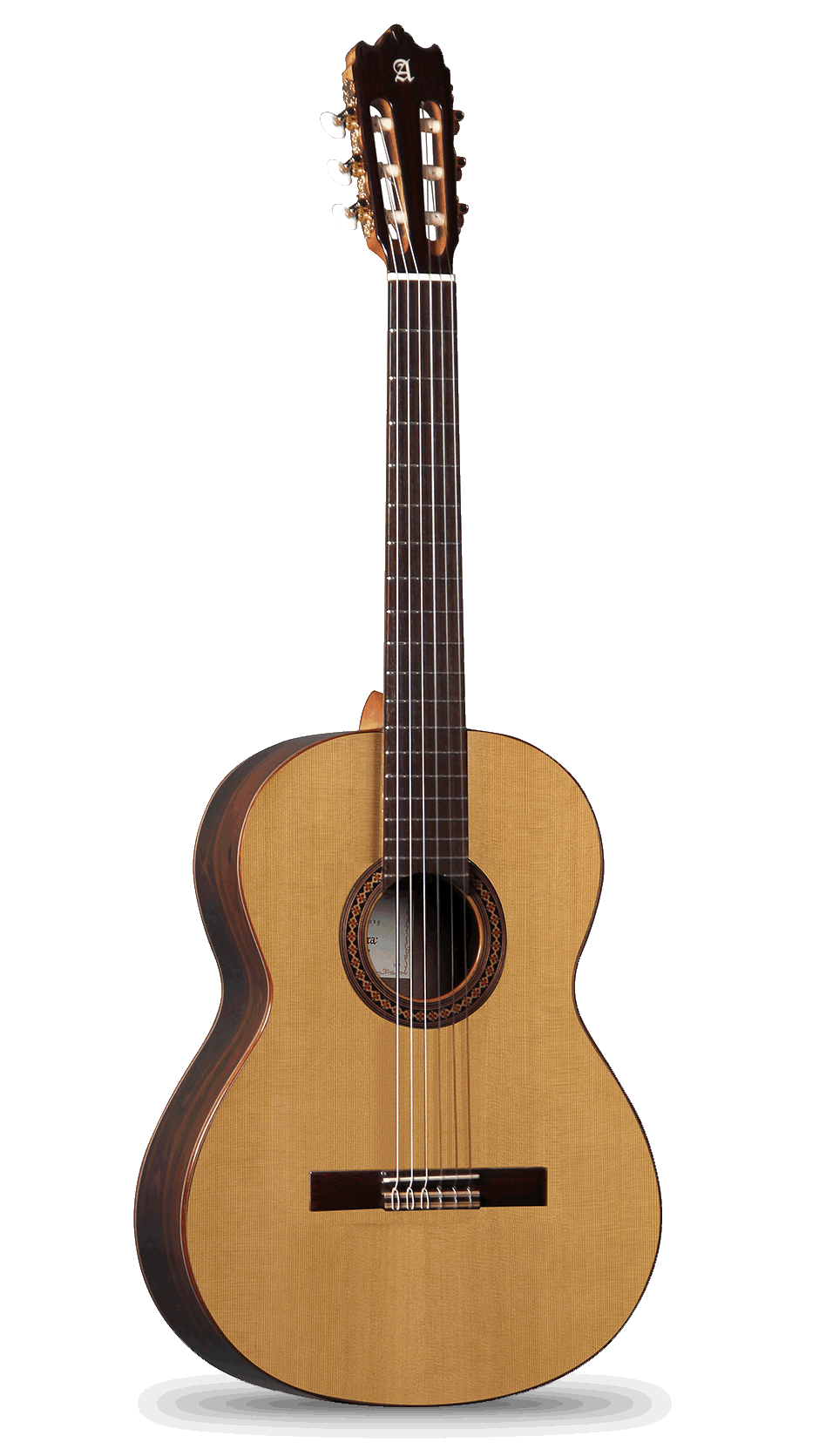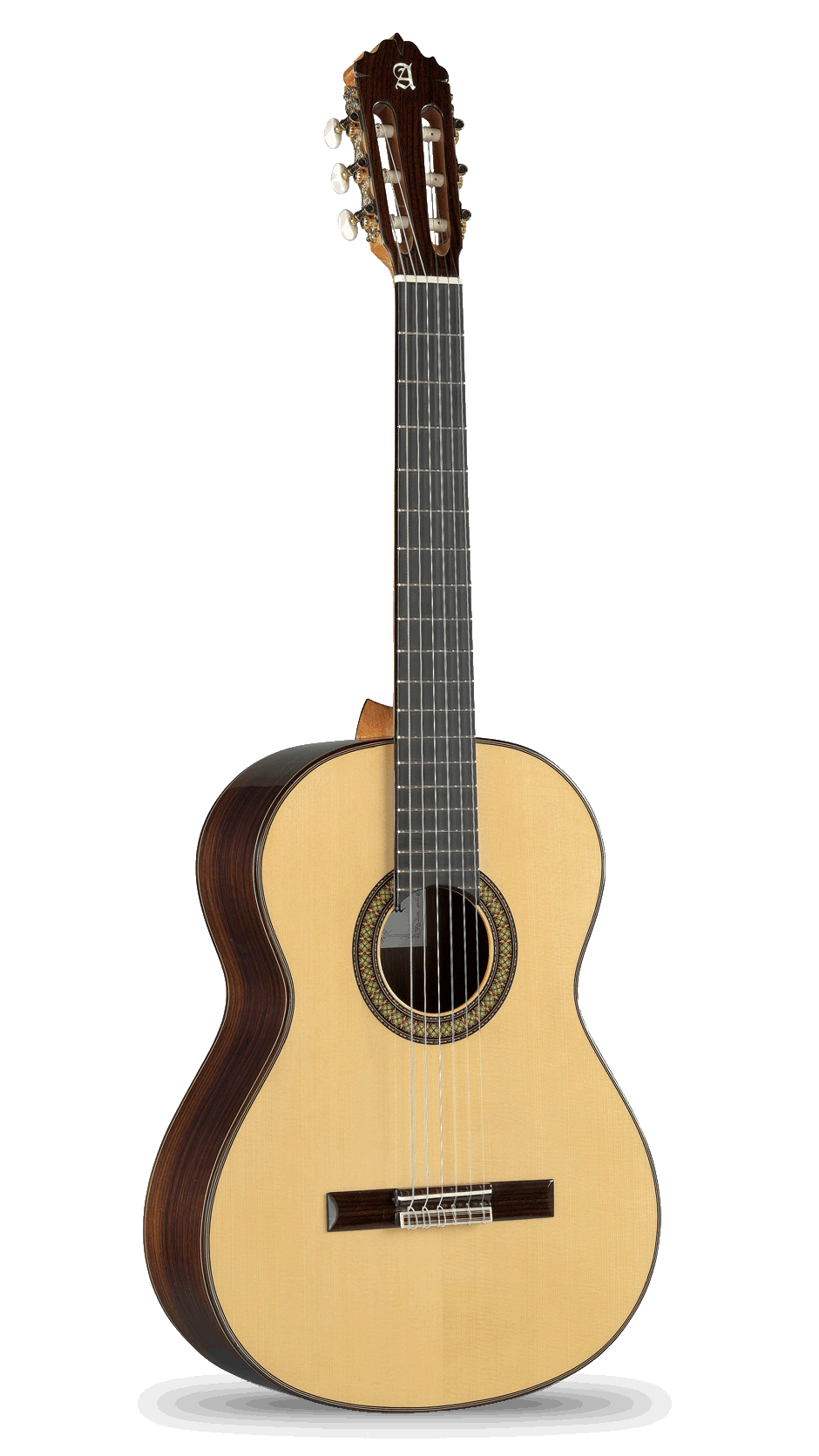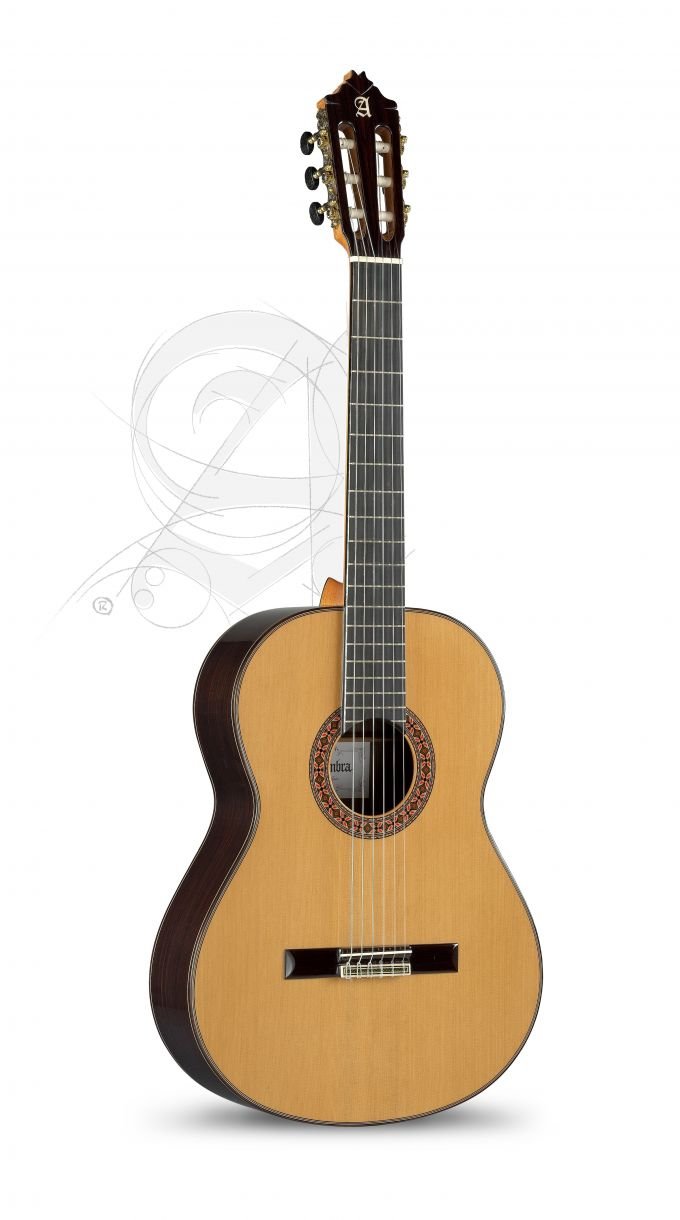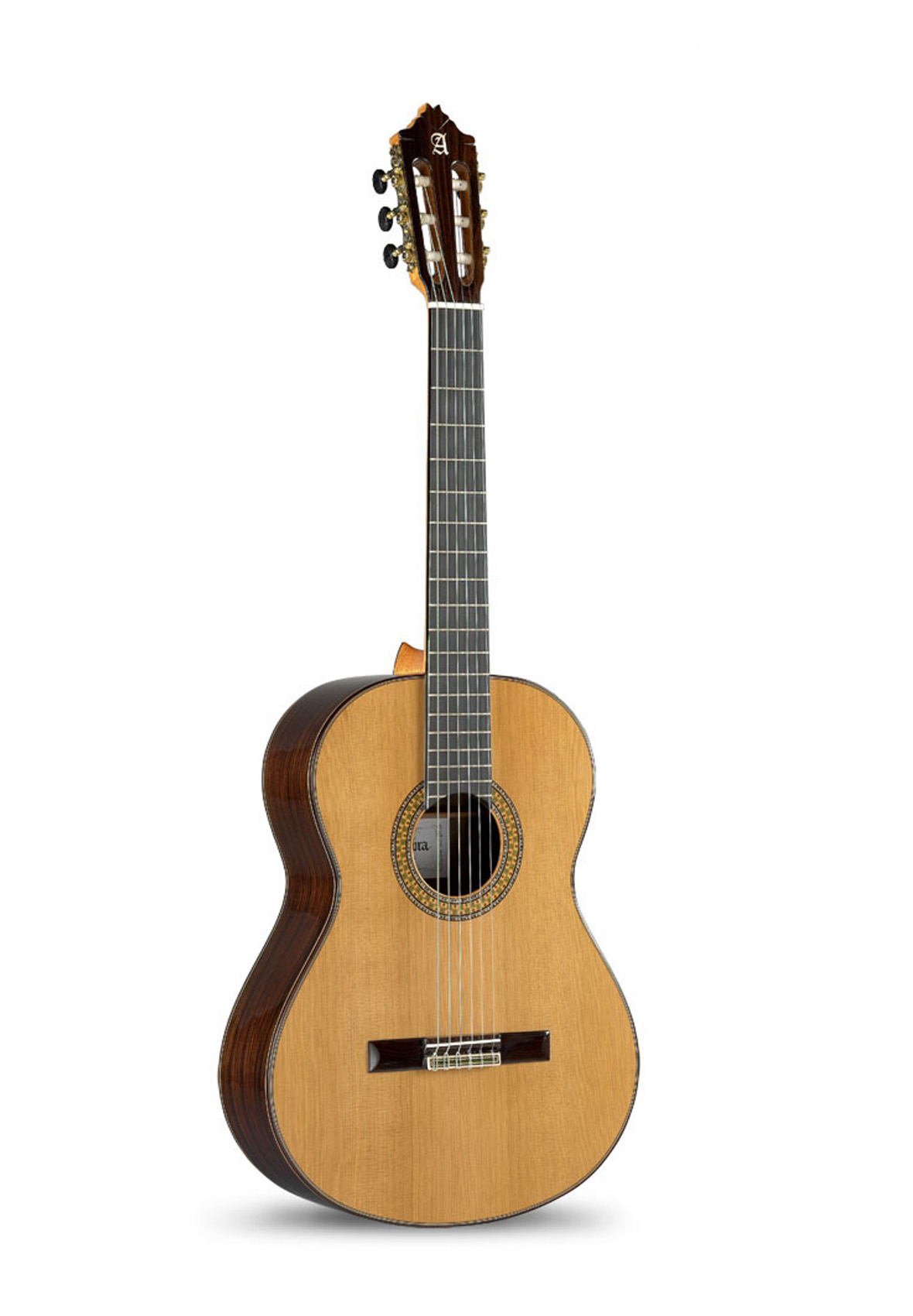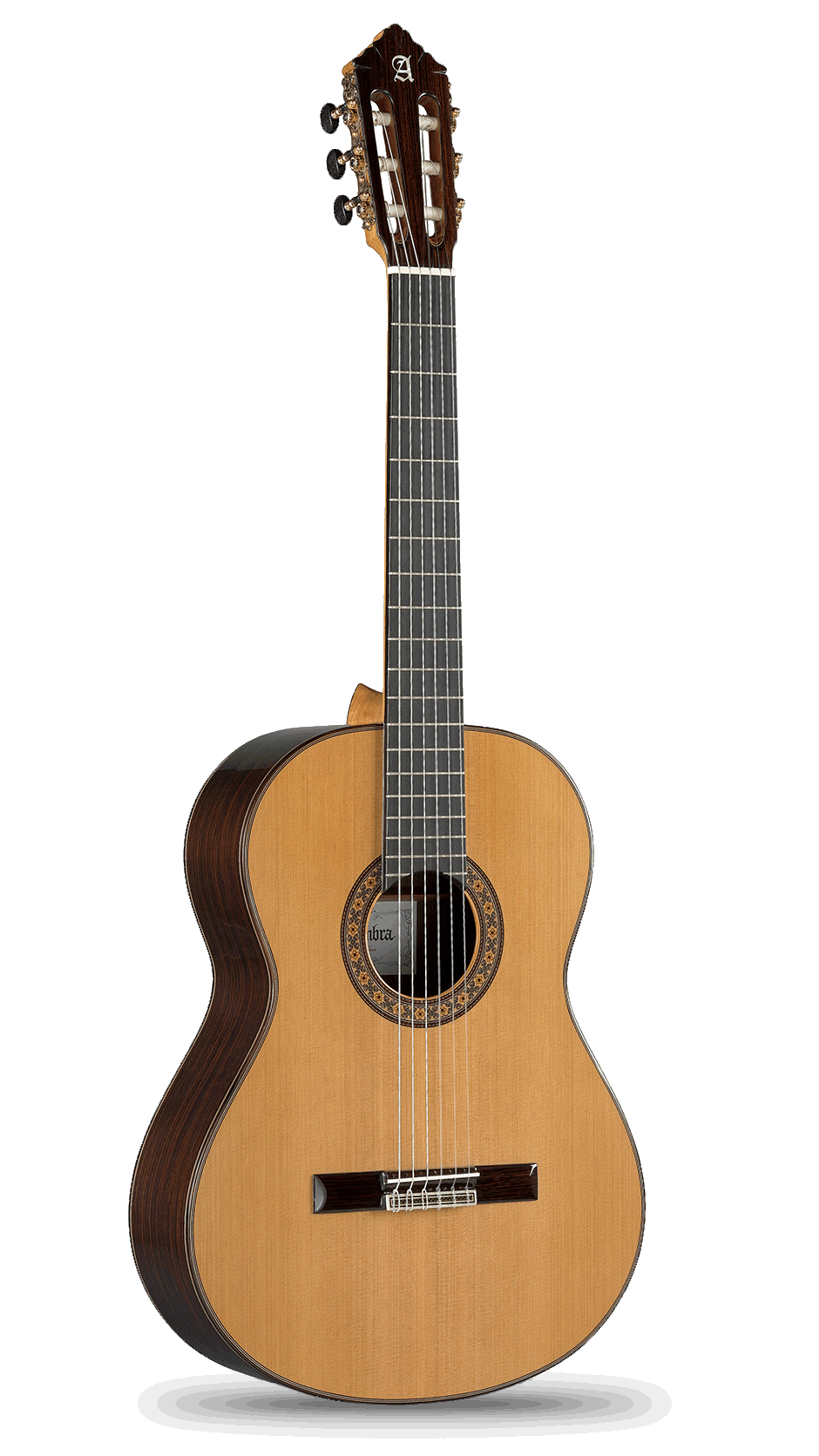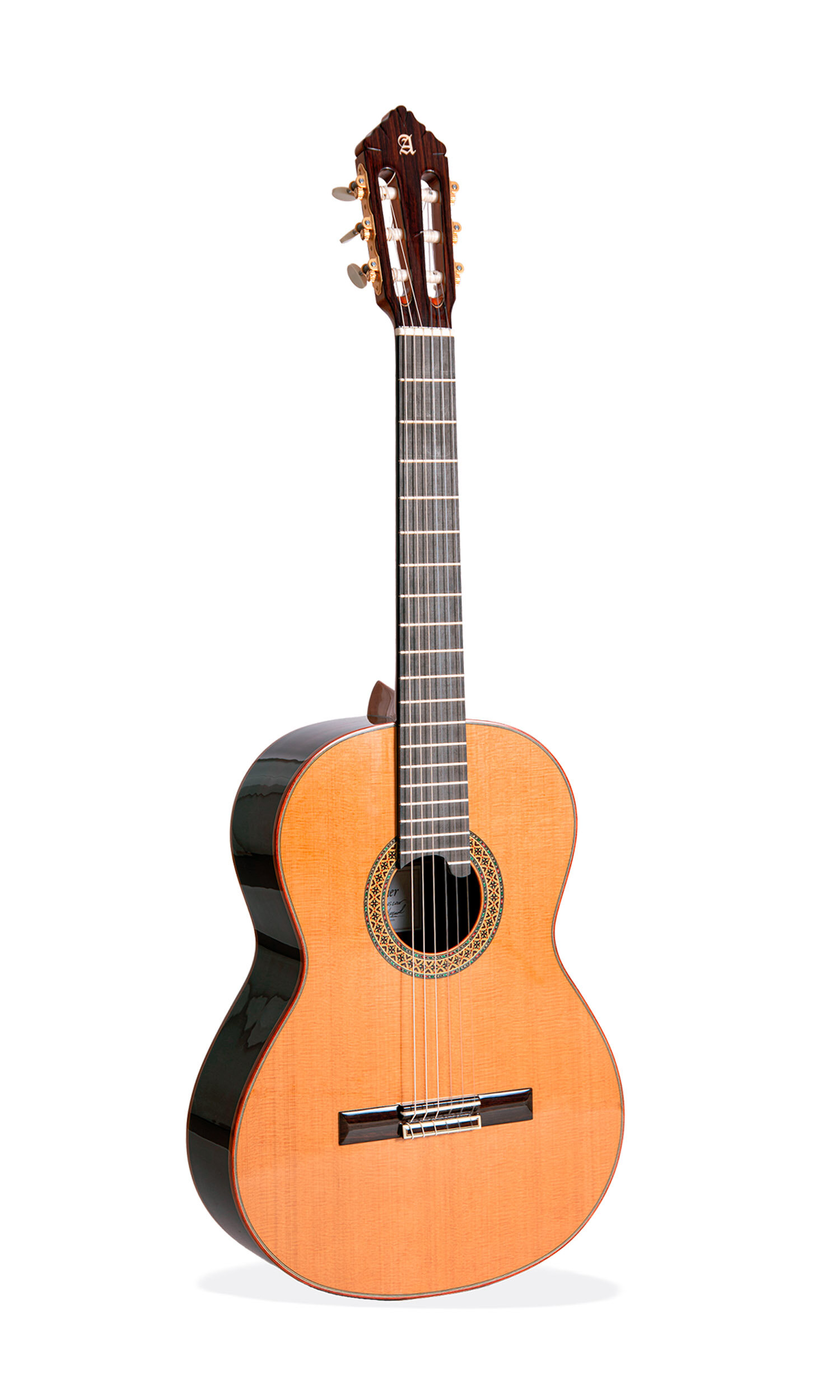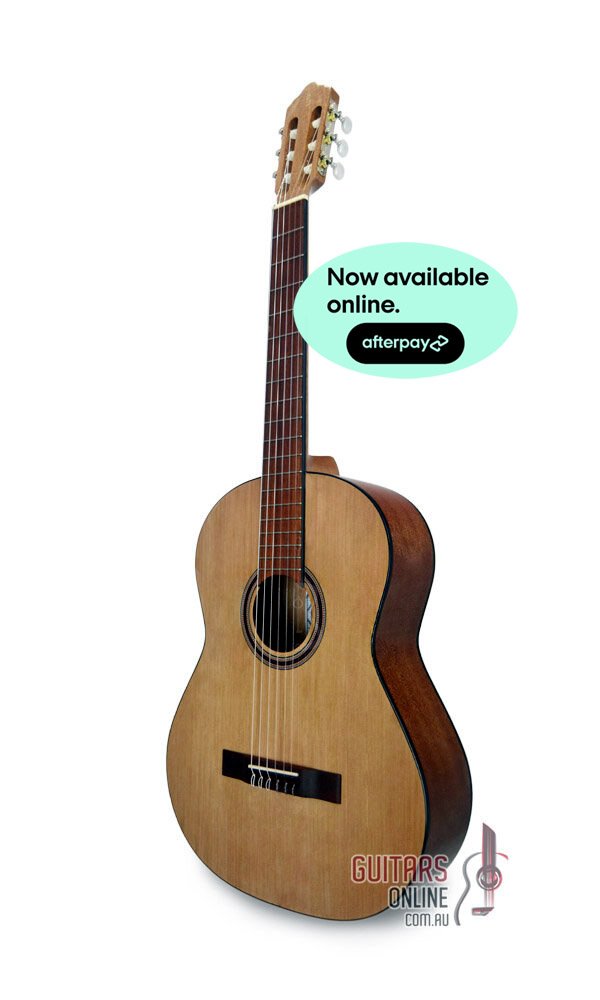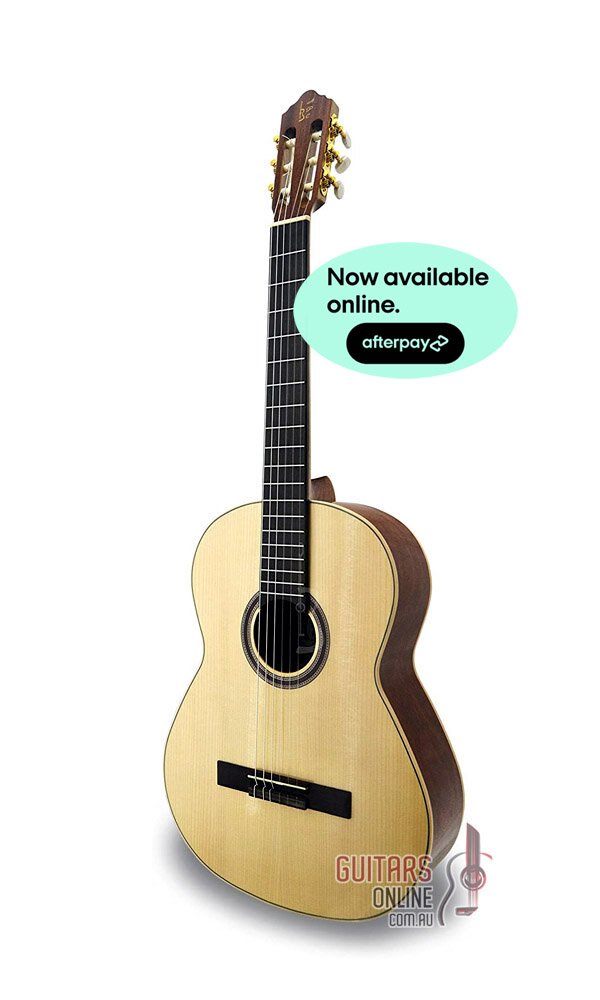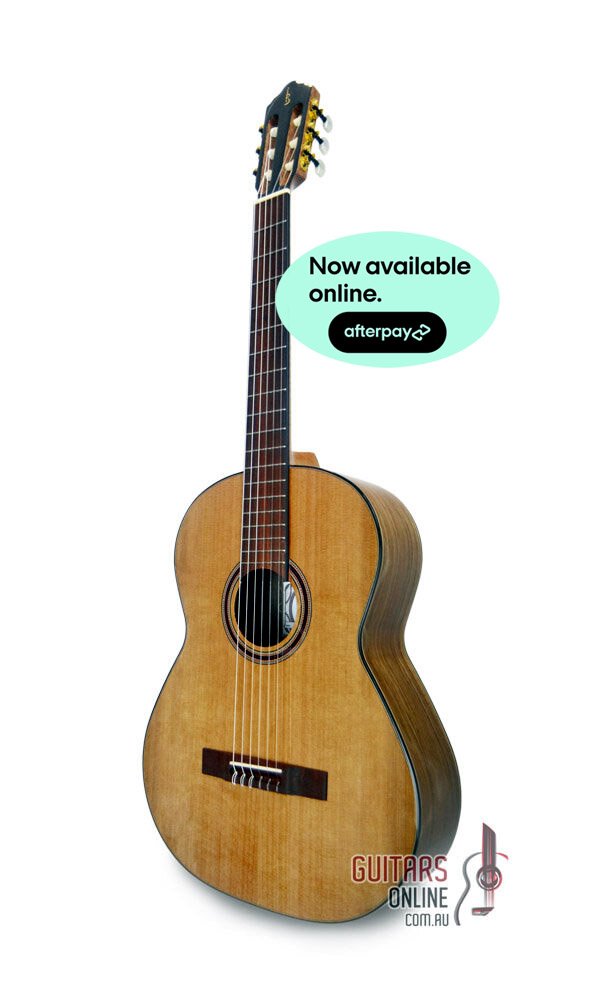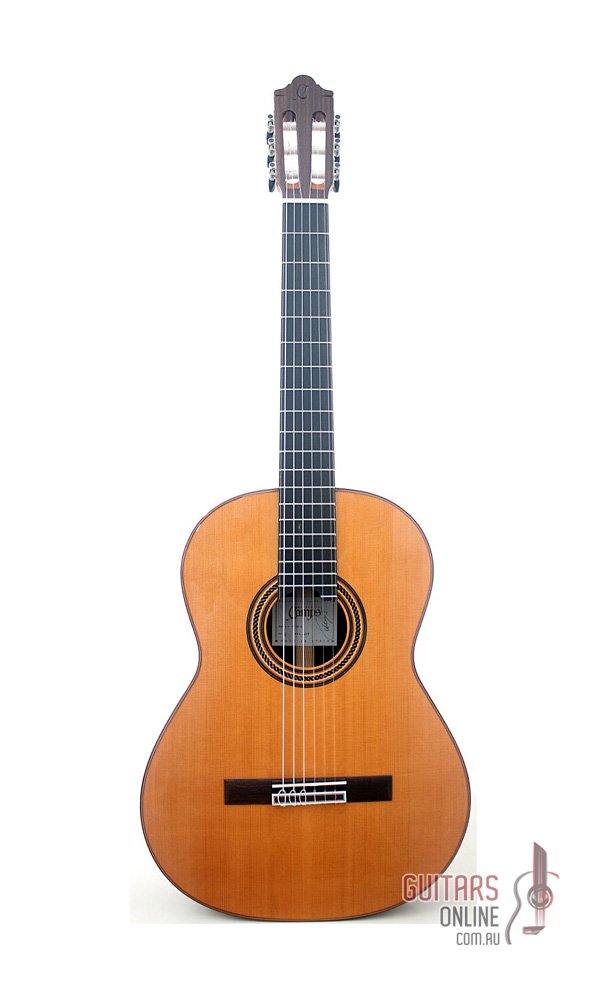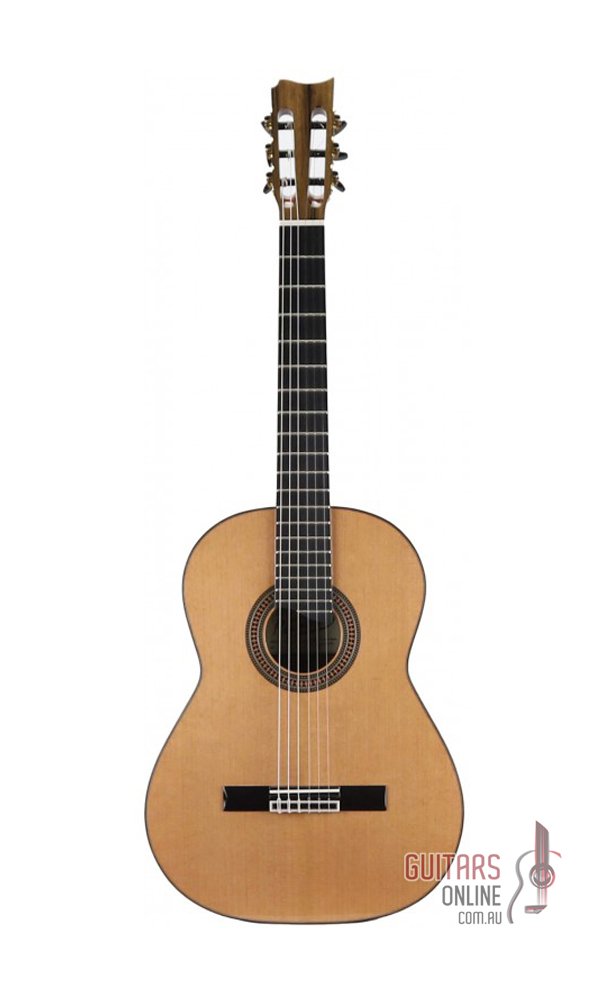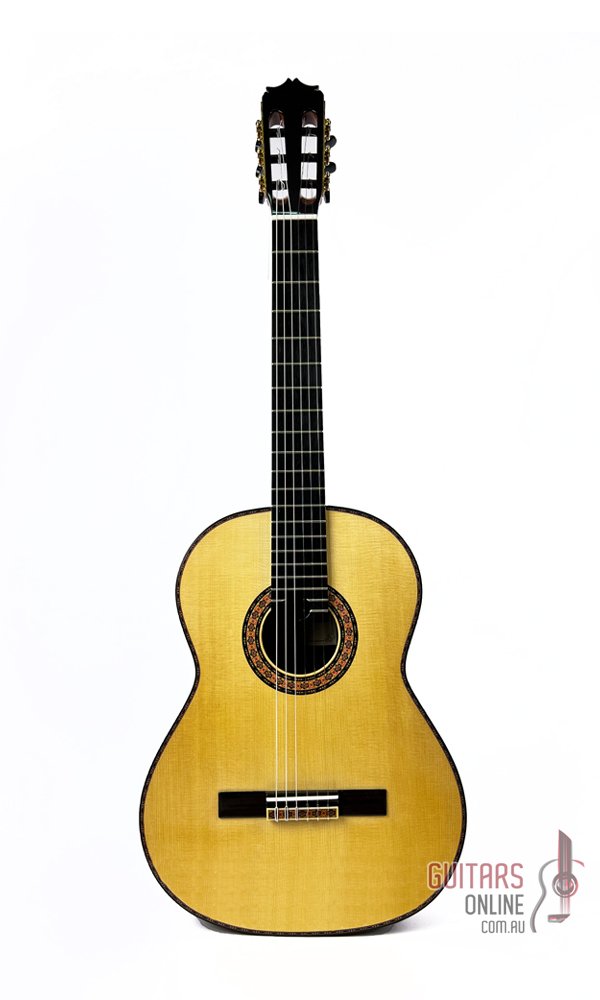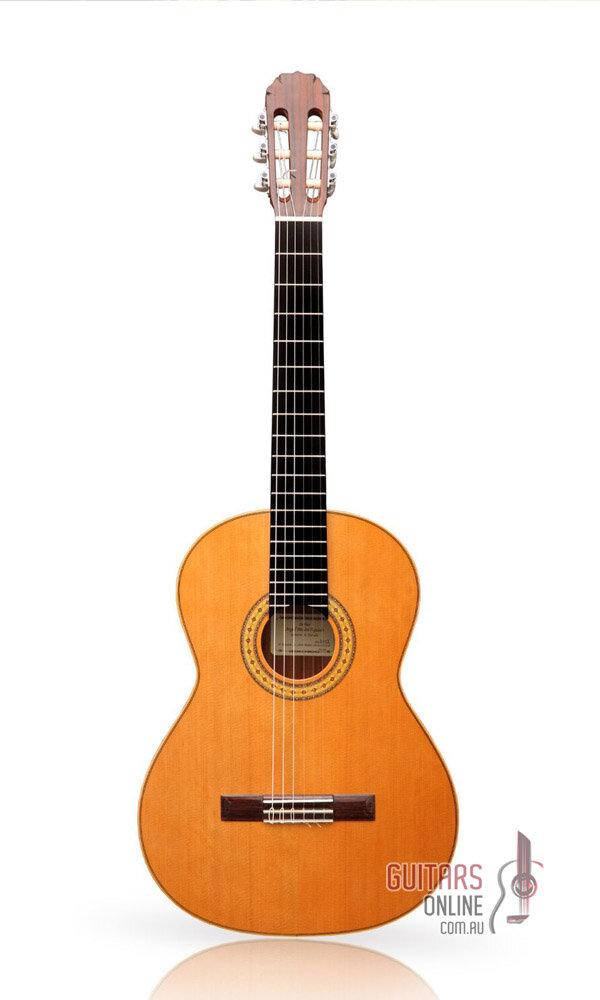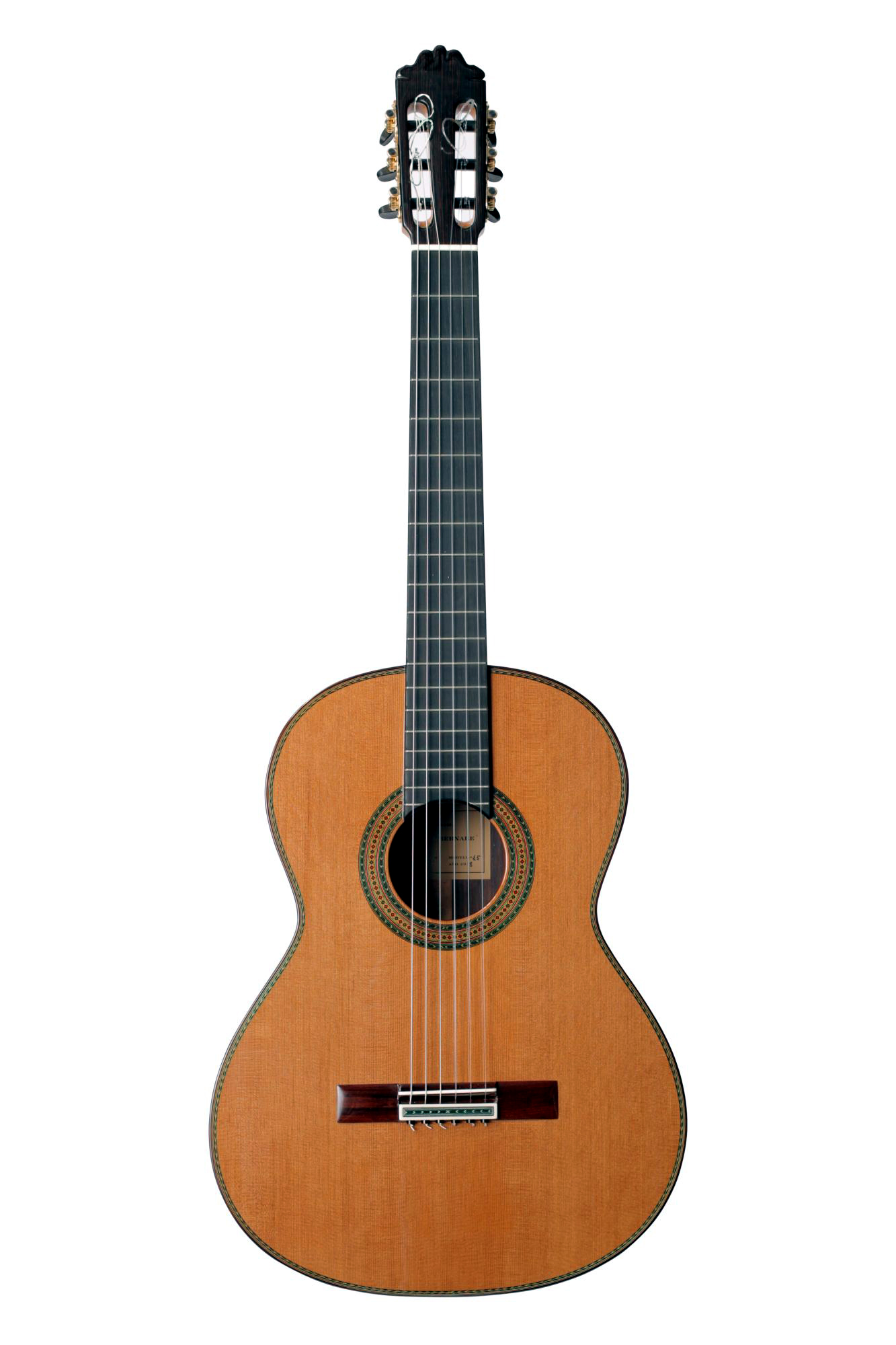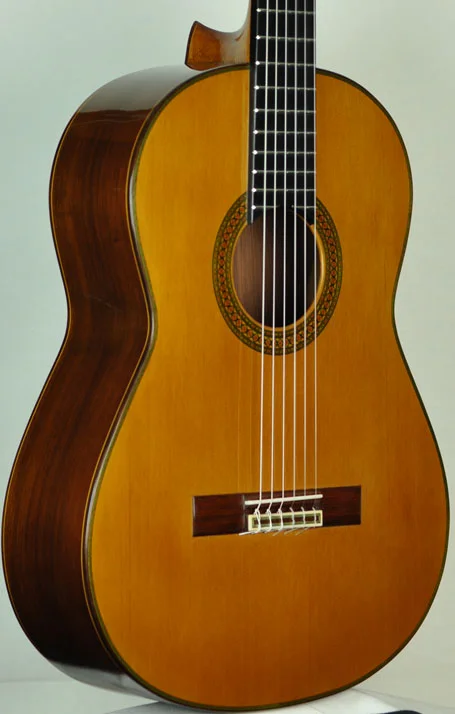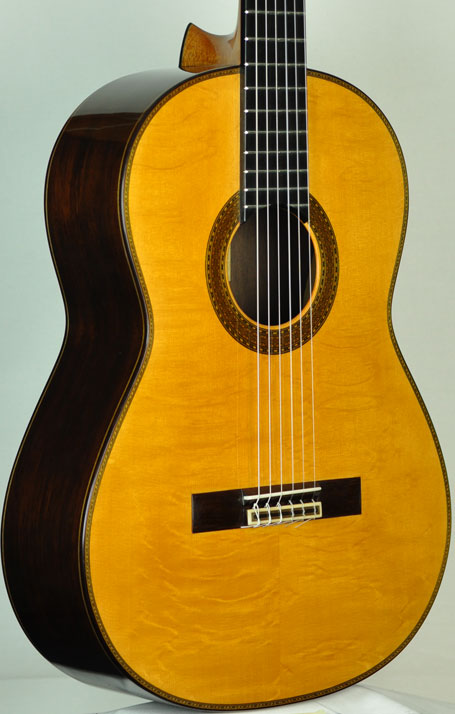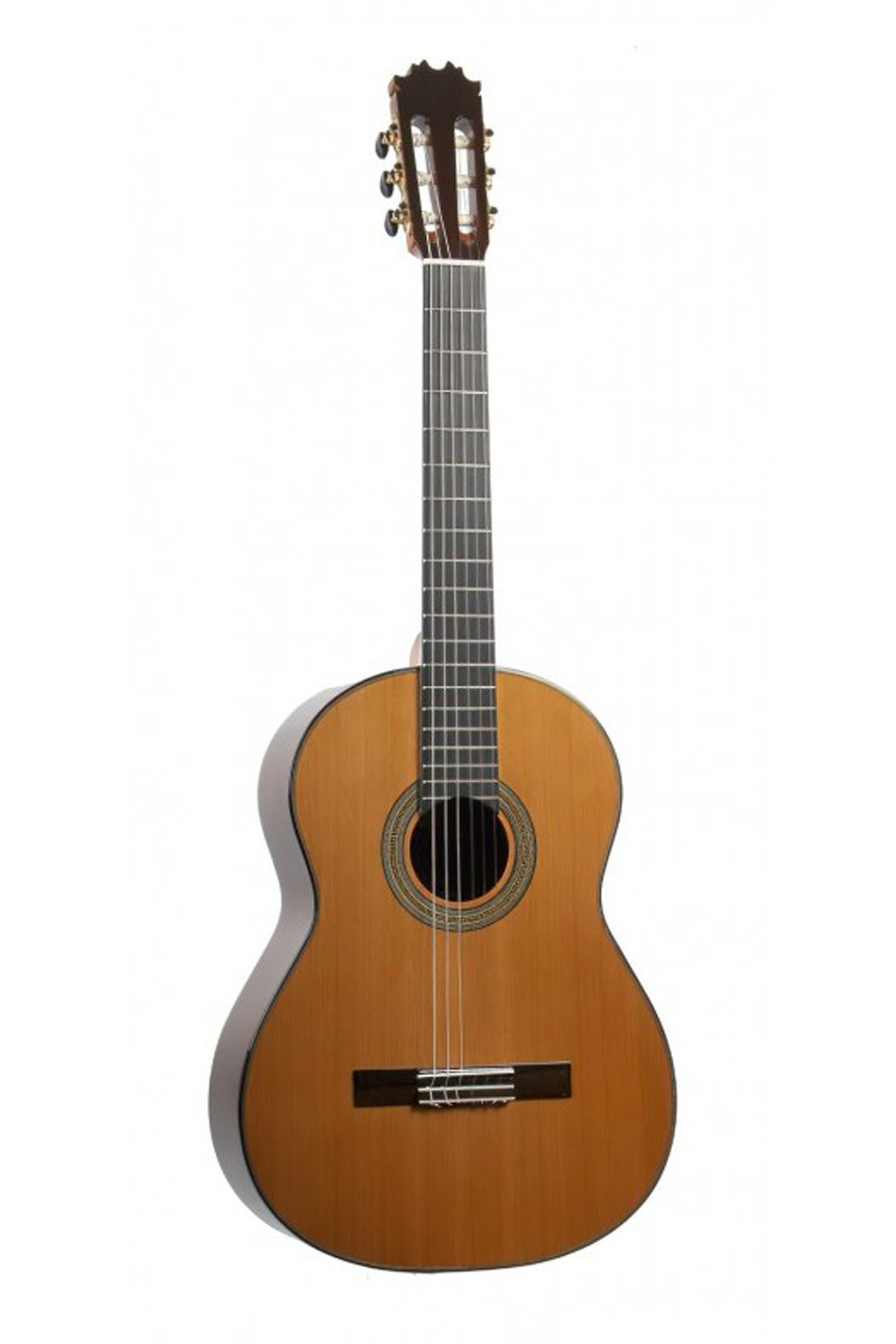Classical Guitars
Selecting for you, the world’s finest classical guitars, from the world’s pre-eminent luthiers for your unsurpassed playing experience.
From entry-level Spanish guitars, to rare & exclusive concert classical guitars.
Our Classical Guitar Brands
Alhambra Classical Guitars
Prudencio Saez Classical Guitars
Antonio Pinto Carvalho Classical Guitars



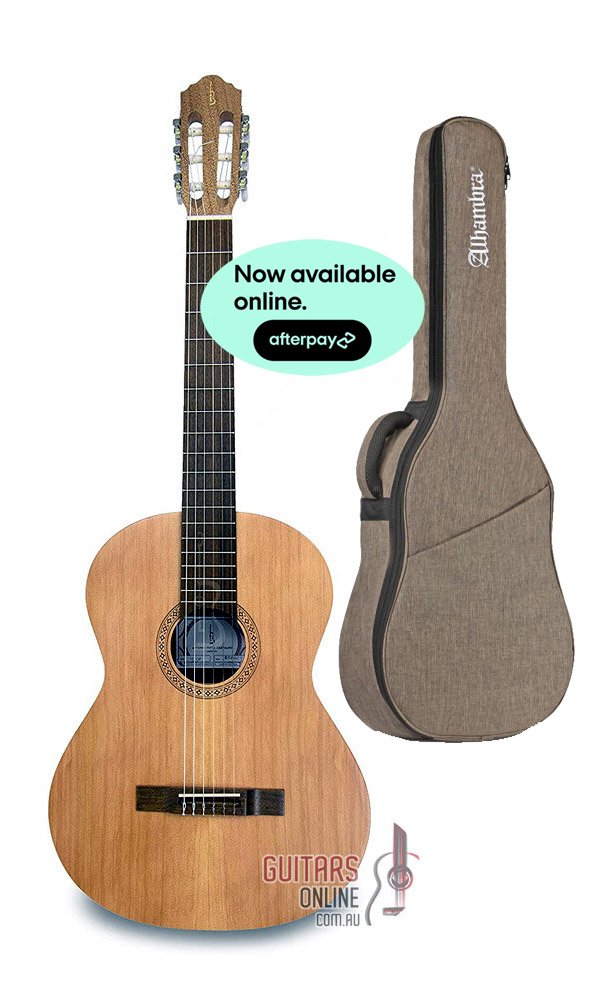







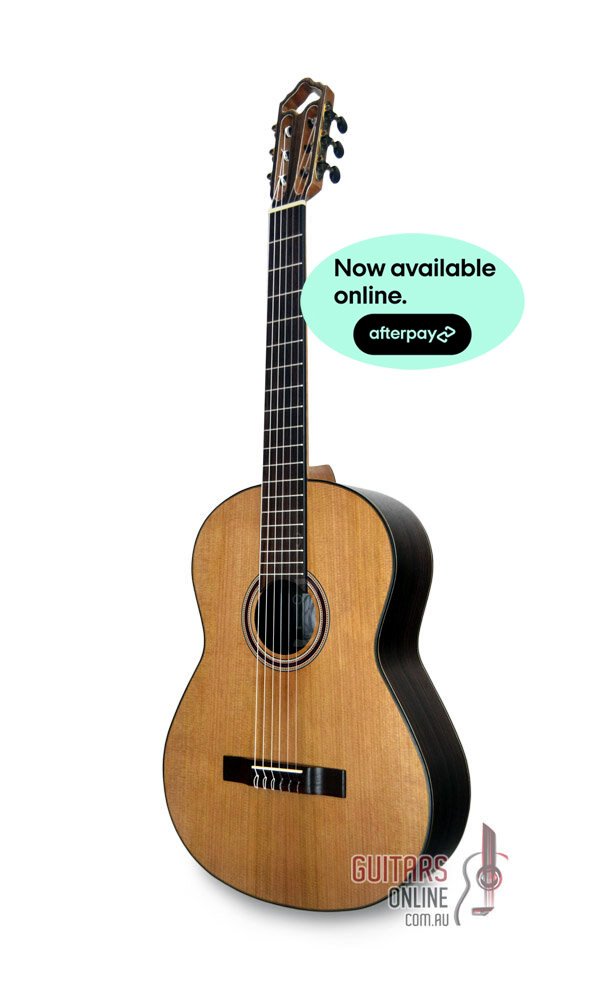
Camps Classical Guitars
Raimundo Classical Guitars
Vincente Carillo Classical Guitars
Angel Benito Aguado Classical Guitars
Elias Bonet Classical Guitars
Yunah Park Classical Guitars
Teodoro Perez Classical Guitars
Paulino Bernabe Classical Guitars
Pedro De Miguel Classical Guitars
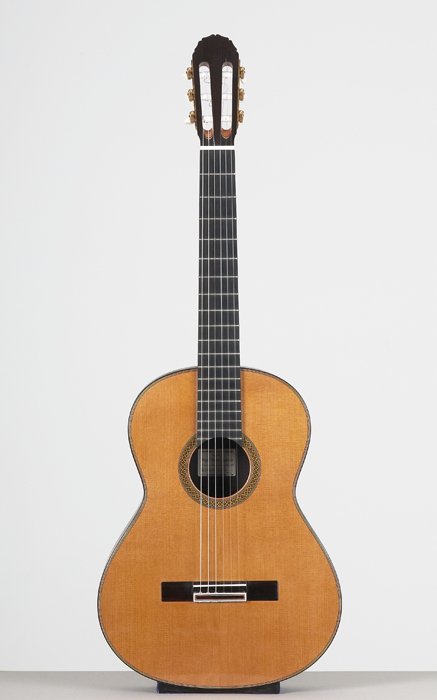
Antonio De Toledo Classical Guitars
The Timeless Harmony of Classical Guitars: A Journey Through Craftsmanship and Music
Introduction
The world of classical guitars and nylon string guitars, is rich with history, artistry, and a distinctive sound that has captivated audiences for centuries.
Known for their gentle, warm tones, classical guitars, offer a unique musical experience.
This article delves into the history of classical guitars, explores the enchanting world of classical guitar music, honors the master luthiers behind these instruments, spotlights influential guitarists, reveals the intricate manufacturing process, and examines the woods that give these guitars their soulful voice.
History of Classical Guitars
The classical guitar, with its origins rooted in the Renaissance and Baroque periods, evolved into its current form in the 19th century.
The craftsmanship of Antonio de Torres in the 1800s marked a significant turning point, as he introduced design elements that enhanced both the aesthetic and acoustic qualities of these instruments.
These innovations laid the groundwork for the modern classical guitar, setting a standard for the nylon string guitars cherished today.
Classical Guitar Music
Classical guitar music is a testament to the instrument's versatility and expressive range.
From the intricate compositions of Mauro Giuliani and Fernando Sor to the romantic pieces of Francisco Tárrega and the modern works of Joaquín Rodrigo and Leo Brouwer and the Australian composers Phillip Houghton and Richard Charlton, the repertoire spans centuries and styles.
This music often requires a high level of technical skill and emotional depth, offering a rich tapestry of sounds from soft, introspective melodies to vibrant, rhythmic dances.
Luthiers: Classical Guitar Makers
Luthiers, the artisans who craft classical guitars, are central to the instrument's story.
Their work blends art and science, as they shape wood into instruments capable of producing beautiful music.
Esteemed luthiers like Hermann Hauser, Daniel Friederich, and José Ramírez have become legends, known for their meticulous attention to detail and dedication to acoustic perfection.
More contemporary luthiers including Angel Benito Aguado, Paulino Bernabe, José María Vilaplana, Prudencio Saez, Vicente Carrillo each brings a personal touch to the design, influencing the guitar's sound and playability.
Influential Classical Guitarists
Over the decades, many classical guitarists have left their mark on the music world.
Andrés Segovia, often hailed as the father of modern classical guitar, brought the instrument into the concert halls and academic circles.
Julian Bream and John Williams expanded its repertoire and popularized it globally.
Contemporary artists like Ana Vidović and Miloš Karadaglić continue to inspire new generations of guitarists and music lovers.
Classical Guitar Manufacturing and Techniques
The manufacturing of classical guitars is a fascinating blend of tradition and innovation.
Each guitar is carefully crafted, with luthiers paying close attention to every detail, from the curvature of the soundboard to the placement of the frets, to the joinery methods.
Techniques vary among luthiers, with some adhering to traditional methods and others incorporating modern technology.
The process involves shaping the wood, assembling the body, and meticulously installing the nylon strings, creating an instrument that is as much a work of art as it is a musical tool.
Woods Used in Classical Guitars
The choice of wood is crucial in determining the sound and character of a classical guitar.
Spruce and cedar are commonly used for the top or soundboard, each offering distinct tonal qualities.
Spruce tends to provide a bright, clear sound, while cedar offers a warmer tone.
For the back and sides, rosewood, mahogany, and maple are popular choices, each contributing to the guitar's overall sound and aesthetic.
The combination of these woods results in the rich, resonant sound that classical guitars are known for.
Conclusion
Whether you refer to them as classical guitars or nylon string guitars, these beautiful instruments represent a harmonious blend of history, craftsmanship, and musical expression.
From the luthiers who create these beautiful instruments to the guitarists who bring them to life, the world of classical guitars is a testament to the enduring power of music.
Whether you're a seasoned player, a music enthusiast, or a curious learner, the classical guitar offers a world of exploration and enjoyment.
More Classical Guitar Resources
For more classical guitar resources, please visit the GuitarsOnline Guitar Buyers Resource Centre




